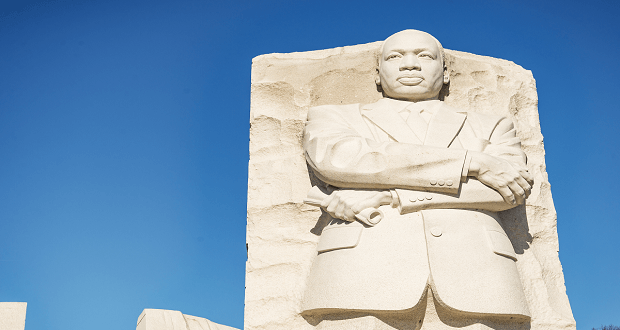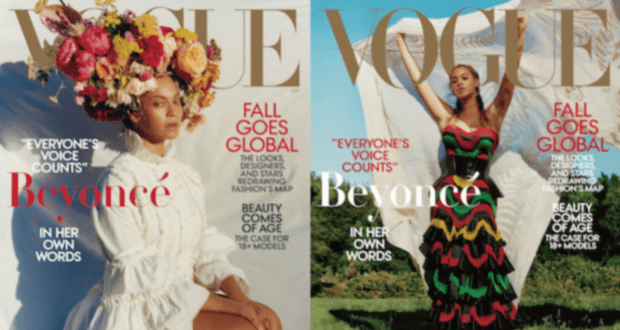In this era of economic globalization and swift demographic changes, many companies are taking steps to achieve workforce diversity. In other words, they want their workforce to resemble the communities they serve. Employing workers with diverse cultural and language skills makes good business sense since it will, inevitably, lead to increased benefits for the company. D&I researchers and practitioners alike agree that workforce diversity can:
- Increase productivity and competitive advantages for the company. In the study, “Diversity in the Workplace: Benefits, Challenges, and the Required Managerial Tools,” the authors found that employers can offer more solutions to customers because of new ideas and processes brought into the organization by diverse employees. The study also showed that workplace diversity increases employee morale, which, in turn, causes employees to desire to work more effectively and efficiently.
- Increase creativity within the company. According to EthnoConnect, a consulting company specializing in workforce diversity, employees from different backgrounds bring in a variety of solutions for how to achieve a common goal or solve an existing problem. When brainstorming possible solutions, for example, a multicultural team (that is, a team with members representing different countries or cultures) is able to approach the problem from different perspectives because team members bring their own worldviews into the process. This would be impossible with a homogeneous team. Companies have successfully created innovative processes by taking advantage of ideas brought forth by culturally diverse employees.
- Increase the company’s reputation. Potential employees want to know that employers treat their staff fairly regardless of race, ethnicity, gender, national origin, sexual orientation, religious affiliation, or ability. Job seekers see this as evidence that the company does not discriminate, which not only serves to attract new talent, but also to retain existing employees. In these companies, employee morale tends to be high. It also signals to job seekers that the company has a reputation for being inclusive, flexible, and adaptable to change.
However, despite all the good intentions, time, energy, and resources put towards bringing diversity in, many companies are still failing — possibly because many spend their time hiring for personality and not talent. In other words, they are hiring for “culture fit.”
When hiring managers find someone who can best “fit” into the company’s culture, the end result is likely a job offer. In the article “Ban the Term ‘Culture Fit’ and Other Great Diversity Tips from Pandora,” Kate Reilly argues that “culture fit” is the equivalent of a candidate having passed the “beer test.” In other words, “this is someone I would want to hang out with.” The problem with this practice is that, while your newly-found “beer buddy” is likely able to do the job, hiring for “culture fit” inevitably gets in the way of increasing diversity in the company. That is because “if you assume that people who don’t look or act like you won’t mesh with your organization, then you end up choosing people who are too similar to yourself.” What is the solution? Instead of looking for candidates who fit into your “organizational box,” shift the approach and, instead, look for candidates who can bring something unique to the team.
If you want to increase the diversity of your workforce, start by banning “culture fit” as a reason for rejecting a candidate. This is often code language for “you don’t look, act, or think like me.” More worrisome, is the fact that this attitude is a sure signal that unconscious bias is at play. While we do have laws in place that prevent companies from openly discriminating against candidates on the basis of race, gender, or religious affiliation, we all know it is still happening. In a recent study by BBC Inside Out, the authors confirmed this assertion. In their study, they sent out identical resumes in response to 100 job opportunities from two invented candidates, one called “Adam” and the other “Mohamed.” In the end, Adam was offered 12 interviews, while Mohammed was offered just 4. In addition, the two resumes were also uploaded to four job sites. Adam was contacted by four recruiters, but Mohamed only two. Overall, after two and a half months, Adam was offered three times more interviews than Mohammed.
If you want to increase the diversity of your workforce, start by banning “culture fit” as a reason for rejecting a candidate. This is often code language for 'you don’t look, act, or think like me.' Share on XClearly, this study showed that discrimination is alive and well. However, part of the reason it is happening is because of something that is much harder to control – unconscious bias. Unconscious bias refers to the pre-judgments we all make about someone based on the groups to which they belong. This often happens without our even realizing we are making them. This is a huge problem because this inevitably results in lack of diversity for the company, which, as discussed above, is detrimental to its success.
Fortunately, companies are realizing the impact of unconscious bias in the hiring process and are starting to seek out effective solutions to this problem. Many companies now require hiring managers and search committees to undergo unconscious bias training. That is because this type of association, and the behaviors that result from it, undermine an individual’s ability to be fair and equitable which, in turn, undermines a company’s ability to diversify its workforce.
Unconscious biases have real life consequences as described in the resume study above. Acknowledging that we all have biases is a very important first step towards increasing diversity in the organization. You can build a diverse pipeline all you want but if those doing the hiring are not aware of their biases, and don’t understand the value diverse candidates can bring to the organization, diverse candidates will never get hired.
Diversity-conscious organizations are also using “blind screening,” which is an effective way to minimize the impact of unconscious biases and bring diversity in. For centuries, all symphony orchestras were made up almost exclusively of white men. While some directors have claimed these men were the best qualified, others have more recently taken a different approach to screen candidates: hiring musicians through blind auditions, where they audition behind screens so the judges can’t see what they look like. In some cases, they also walked on carpeted floors so the judges couldn’t determine if they were women or men (in case women wore heels). Researchers from Harvard and Princeton found that blind auditions increased the likelihood that a woman would be hired by between 25 and 46 percent. In fact, with blind auditions, women became more likely than men to be hired. Confident that they would be treated fairly, female musicians, in turn, started applying in greater numbers.
Blind hiring is now adopted by many tech companies. In the New York Times article “Is Blind Hiring the Best Hiring?” Claire Cain Miller explains that, to try to combat unconscious bias, companies have devised a way to screen job applicants without showing hiring managers any biographical information. Based on the skills required for the job, companies design a relevant test applicants must complete online. The first pieces of information the hiring committee sees are the applicants’ scores. Based on those, candidates are then invited for an in-person interview. The idea is pretty simple: the less you know about a candidate’s personal identity—including their name, appearance, race, gender, and physical ability—the easier it will be to make unbiased hiring decisions.
Finally, setting business targets, coupled with concrete, achievable goals to increase diversity in the organization is essential. Many companies looking to hire diverse talent use hiring goals to ensure it gets done. However, this is just one side of the coin. The goal should be to bring diverse talent in and create conditions where people will want to stay. This is only possible if companies create truly inclusive environments where all employees feel valued and their differences affirmed.
Unknowingly, hiring managers have been acting as gatekeepers to diverse candidates. It is time to ban “culture fit” as a hiring strategy, mainly because it is based on unconscious biases. That is why Lisa Lee, Director of Diversity and Inclusion, and Marta Riggins, Director of Employee Experience and Marketing at Pandora, suggest a different approach—look, instead, for “culture add” in candidates if you want to hire and retain a more diverse workforce. “Culture add” means candidates are brought in to help shape the culture of the organization, rather than to “fit” into it. Blind screening has also been found to curtail unconscious bias while yielding more positive results in creating diverse workplaces. Above all, make sure “inclusion” is part of your company’s strategic goals because diversity will not happen without inclusion.
Look, instead, for “culture add” in candidates if you want to hire and retain a more diverse workforce. “Culture add” means candidates are brought in to help shape the culture of the organization, rather than to “fit” into it. Share on XIn the musical Hamilton, Lin-Manuel Miranda says “love is love, is love, is love.” Hiring managers need to approach the hiring process with a similar mindset. That is: “great talent, is great talent, is great talent”—regardless of a candidate’s background or life experiences.




















